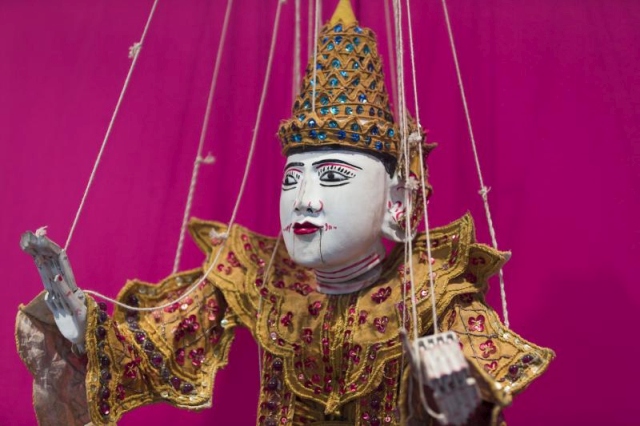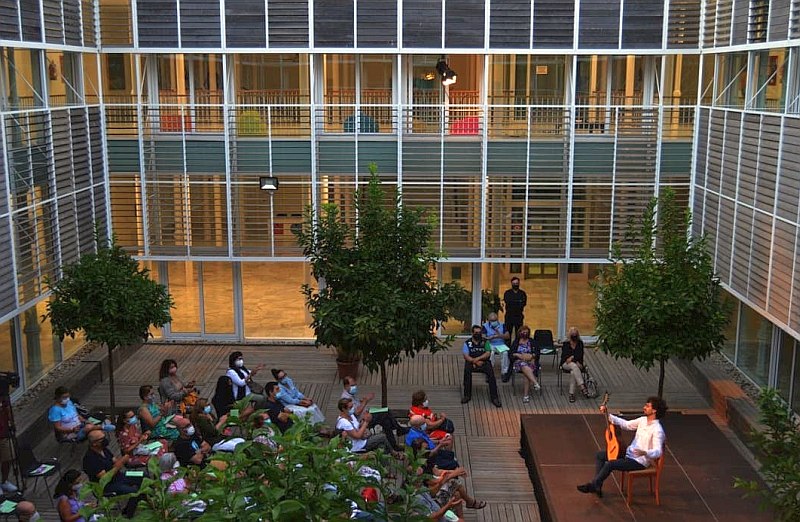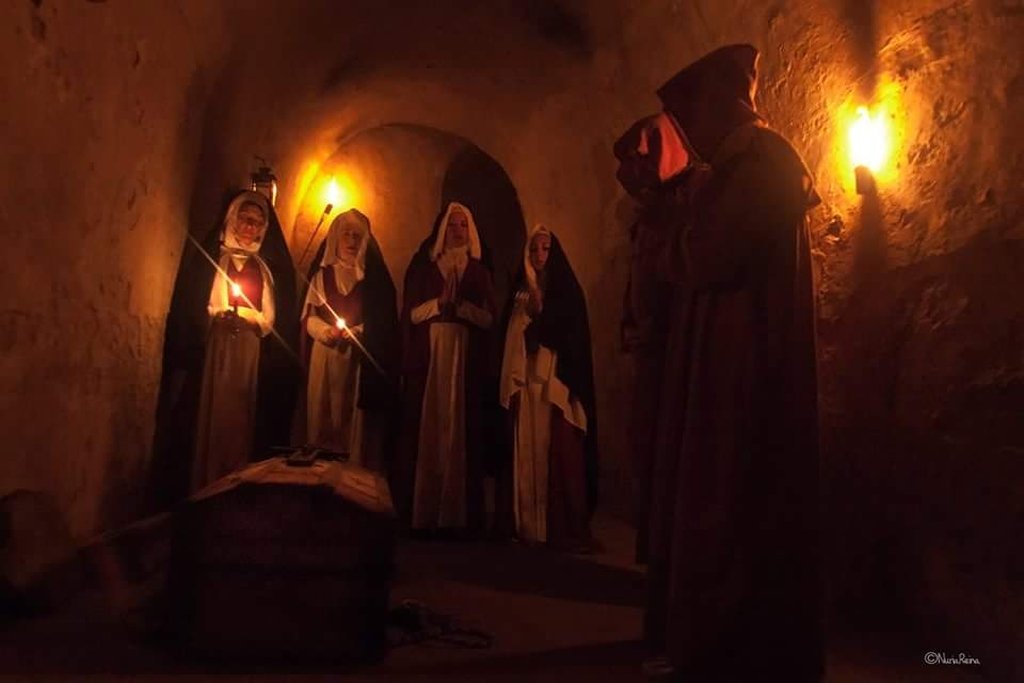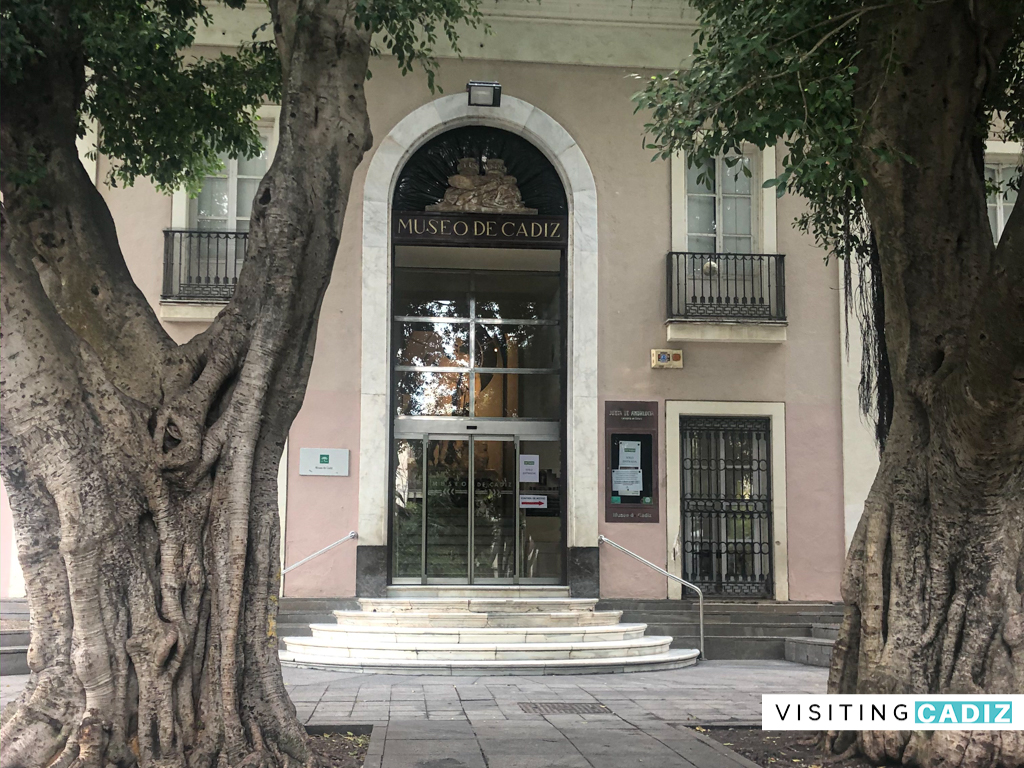Cádiz is a city where history and art come alive, and its museums offer a fascinating window into its rich past. From ancient Phoenician artifacts to fine art masterpieces, puppetry traditions, and rare lithographic collections, the city has something for every curious traveler. This guide highlights the top museums in Cádiz, including the iconic Museo de Cádiz, the Museo de Las Cortes, and the unique Puppet and Lithographic Museums, helping you plan an engaging cultural journey through one of Spain’s most historic cities.
Museo de Cadiz
Probably, this will be the first museum on your visit list whilst in Cádiz. It was founded in 1970 after the Fine Arts and Archaeology collections merged.
Located inside the 19th century Convent of San Francisco on the Plaza de Mina, it is set on three floors. (Archaeology on the ground floor, art on the first, and puppets (La Tía Norica de Cádiz) on the second floor.)
The audio guided tour of Cádiz

The Museum of Cádiz and the Plaza Mina are included in the Visit Cádiz audio guided tour. Check it out here: https://visitingcadiz.com/immerse-yourself-in-cadizs-rich-history-a-guided-audio-tour/
Or, just scan the QR code on the left with your mobile phone.
Listen to the podcast about Museums in Cádiz
More about the museum of Cádiz
The art gallery has an impressive collection including works from Zurbarán, Murillo, Rubens, Zuloaga, Sorolla, Miró. (Zurbarán’s complete works come from the Cartuja de Jerez de la Frontera, except La Pentecostés, which comes from the Consulate of the Indies.)

The archaeological department has some outstanding objects in its collection. Among them, the famous Phoenician sarcophagi that were found in the port of Cádiz in 1877. Many other artefacts from the Roman era are available to see from local sites such as Baelo Claudia, Medina Sidonia, Carissa Aurelia, Sancti Petri or Gades itself. The collection is split into various categories installed inside 8 display rooms.
This guided tour includes the Museum of Cádiz
Take a guided tour of medieval Cadiz, and see all the city’s landmarks, including the Neoclassical and Baroque cathedral and its museum, the Roman theater in the area known as the Pópulo, and structures dating back as far as the Phoenician era
Areas of archeology
- Archeology and the sea. From the reproduction of the paintings of Laja Alta, which illustrate the arrival of a Phoenician flotilla, Gadir’s relations with Sardinia, navigation in the Bay of Cádiz and Lake Ligustino, to maritime trade, through amphoras and the cargoes of Roman ships and a compendium of the wealth of Gades.
- Death through archaeology. From prehistory, with the first Neolithic burials, through Phoenician, Roman and paleochristian rituals.
- Personal adornment. From prehistoric objects to the collection of Phoenician jewels found in the necropolis of Cádiz or personal care materials from Roman times.
- Roman emperors. Through the history of Rome through portraits, coins and imperial inscriptions, from Julius Caesar to the times of Roman decadence.
- The gods and the heroes. A route from East to West, passing through Cyprus, the Greek islands and Sicily, to the mythical Gadir/Gades, together with the myth of Gerión, Melqart and Hercules.
La Tía Norica de Cádiz, is a puppet show tradition dating back 200 years or more. The latest investigations date its existence to around 1790 and it’s considered to be of Italian origin. The puppets are recognised as works of art and have been awarded the Gold medal for merit in fine arts. The collection was declared an asset of cultural interest by the Junta de Andalucía and some of the oldest pieces are located here in the Museum of Cádiz. However, ou can see and learn a lot more in the permanent exhibition of the Museo Iberoamericano del Títere which is located in the Puerta de Tierra. (https://visitingcadiz.com/puerta-de-tierra/)
European Union: free (proof of nationality required.)
Other Countries: 1.50 € .
Address: Plaza de Mina
Web: https://www.museosdeandalucia.es/web/museodecadiz
Museo de Las Cortes de Cadiz

The Museo Iconográfico e Histórico de las Cortes y Sitio de Cádiz houses numerous objects from the 18th and 19th centuries. The collection of arms, medals and flags concentrates on the siege of the city by Napoleonic troops between 1810 and 1812 and the declaration of the Constitution of 1812
Among its best pieces is the model of the city of Cádiz. Constructed in mahogany and ivory and made by the military engineer Alfonso Jimenéz in 1777 at the request of Carlos III. The large model is of great value and shows the urban developement and history of the city. An interesting observation from this model is that the layout that Cádiz had in the 18th century has remained practically unchanged even now in the modern present day Cádiz.
Address: Calle Santa Inés
Web: https://turismo.cadiz.es/es/rutas-y-visitas-en-cadiz/museo-de-las-cortes-de-c%C3%A1diz
Museo de la Catedral

Casa de la Contaduría – Museo Catedralicio
The museum of the cathedral of Cádiz is located in a separate building called the Casa de la Contaduria in the Plaza de San Felix (Pópulo neighborhood), just 50 meters from the cathedral itself. After visiting the cathedral and the tower, go through the medieval arch in the Plaza and follow the cobbled street. Here you will find the museum and old cathedral (Iglesia Santa Cruz) which is now the parish church.
As you would expect this museum contains cathedral-affiliated artifacts, ancient books and religious paintings.
The entry price for the cathedral also includes entry to this museum and you can buy tickets at the cathedral or online at the website. (below.)
Address: Pl. Fray Félix
Web: https://catedraldecadiz.com/casa-de-la-contaduria/
Museo del Titere

Located inside the Puertas de Tierra (not far from the The Lithographic Museum)is the Puppet Museum. The main objective of this museum is to exhibit, document and preserve the memory of of puppeteers, companies, artisans and creators from Spain and the rest of the world.
The entrance to the Museum is through the patio of the old fire station, which is located next to the Puertas de Tierra tower. The museum concentrates its contents through the permanent exhibition of “Marionettes of the World”, with pieces from the collection purchased by the Cádiz City Council from Ismael Peña in 2008. This collection is made up of more than 500 pieces, among which there are some 350 international. puppets.
- Closed on Mondays
- Free entry
Address: Puertas de Tierra, Bóvedas de Santa Elena (located at the Puerta de Tierra – https://visitingcadiz.com/puerta-de-tierra/)
Website: https://turismo.cadiz.es/es/rutas-y-visitas-en-cadiz/museo-del-t%C3%ADtere
Museo litografico

The Lithographic Museum (Museo Taller Litográfico) has its origins in the old German Lithography of Cádiz, installed in 1861 and which functioned as a printing press until the end of the 20th century. It is one of the few museums of this type in Spain.
The museum has an important collection made up of more than a thousand lithographic stones originating from Bavarian quarries. Of great quality and true works of art, especially the engravings and drawings, the stones are well preserved and exhibited. Among the most surprising pieces in the Museum is a large stone weighing more than 300 kg and a manual printing press made in Paris in 1850.
- Free entry
- Closed on Mondays
Address: Boveda San Roque (located at the Puerta de Tierra – https://visitingcadiz.com/puerta-de-tierra/)
Website: https://turismo.cadiz.es/es/rutas-y-visitas-en-cadiz/museo-taller-litogr%C3%A1fico
Centro Cultural Municipal Reina Sofia

Located in front of the Baluarte de la Candelaria, this former military building houses the Museo Vasallo, the Real Academia Hispanoamericana, the Ateneo Gaditano, the Military Library, the Federico Joly Foundation, the Galván Stamping Workshop, the Municipal Foundation of Culture and the exhibition-legacy of the Aramburu family.
The building was constructed in 1756 and is a true jewel of Cádiz. At the time, it was built to house military engineers and funcionaries
The Reina Sofía Cultural Center was inaugurated in October 2006 by H.M. Queen Doña Sofía and its main claim is the home of the works of Juan Luis Vasallo, one of the finest Spanish sculptors of the 20th century and creator of the Minerva of the Círculo de Bellas Artes in Madrid,
Juan Luis always wanted his work to be exhibited in his hometown of Cádiz and so thanks to an agreement with his family, his sculptures can be found in the patio, on the stairs and on the second floor. The Vasallo Museum also exhibits 140 works and twenty original drawings donated to the museum by his family.
The Cultural Center also houses the collection of the Aramburu Picardo Family. This includes some 86 works such as engravings, portraits, oil miniatures, country scenes, religious scenes and traditional paintings.
- Free entry
- Open every day
Address: Paseo Alameda Apodaca
Web: https://institucional.cadiz.es/area/Centro%20cultural%20%27Reina%20Sof%C3%ADa%27/769
Ecco–Espacio de Creacion Contemporanea

The Space for Contemporary Culture of Cádiz (ECCO) is a public meeting place, where all artistic and creative expressions have a place. regular concerts and exhibitions throughout the year. See the website and facebook page for current and upcoming events.
Address: Paseo Carlos III N°5
Web: https://www.eccocadiz.com/
Facebook: https://www.facebook.com/cadizecco/
Yacimiento casa de lobispo
The archaeological museum of the Casa del Obispo is located in the historic center of the city, between the old cathedral and the new cathedral.

The remains belong to a small Phoenician funerary monument from the Phoenician era of the 6th century BC. which together with its annexes, excavated in the rock, forms one of the most important funerary complexes in the Iberian Peninsula.
During the Roman Republican era, a new complex was annexed to the Carthaginian buildings and the remains of a Roman temple stand out, belonging to a series of three dedicated to Apollo, Aesculapius and Hygieia.
Address: Plza. Fray Félix, 5
Fabrica de Salazones Romana

Built in the 1st century B.C and working up untill the 5th century, this Roman fish salting and processing factory makes for an interesting visit.The preserved part corresponds mostly to large pools in which the fish were processed to create salsamenta, murex, liquamen, garum fish products.
There are various informative panels and an audio visual film explaining the history and process which which gave ancient Gades a reputation for the quality of its products
Address: Calle Sacramento, 16.
Open mornings only.
Free entry.
The Roman Theatre of Cádiz

This museum offers a complete view of the site and its historical context. The center is organized through a series of models, images, plans, archaeological material, and other elements throughout five rooms.
Read more here: https://visitingcadiz.com/the-roman-theatre-of-cadiz/
Catacumbas del Beaterio Cádiz: A Journey Into the City’s Hidden Underground

Hidden beneath the lively streets of Cádiz, the Catacumbas del Beaterio offers a compelling glimpse into the city’s past. Once a burial site, these shadowed corridors preserve stories that trace Cádiz’s early Christian heritage and its links to wider European traditions. As you move through the chambers, each space reveals echoes of those who lived and worshipped here, creating an experience that appeals to both curious visitors and devoted history enthusiasts. Skilled guides enrich the journey with insights that bring this remarkable underground site to life. Read more here. https://visitingcadiz.com/catacumbas-del-beaterio-cadiz-a-journey-into-the-citys-hidden-underground/
Frequently Asked Questions About Museums in Cádiz
Planning a museum visit in Cádiz? This FAQ covers everything you need to know—from museum highlights and admission info to locations and unique exhibits. Whether you’re into archaeology, religious art, or puppetry, Cádiz has something to explore.
The Museum of Cádiz, housed in the 19th-century Convent of San Francisco, is divided into three floors: archaeology, fine art, and puppetry. Visitors can see Phoenician sarcophagi, Roman artifacts, and fine art by Zurbarán, Murillo, Rubens, and more. The puppet collection showcases Cádiz’s 200-year-old puppetry tradition. Admission is free for EU citizens and €1.50 for others.
This museum focuses on Cádiz’s role in the Napoleonic siege (1810–1812) and the 1812 Constitution. Highlights include arms, medals, flags, and a detailed 1777 mahogany and ivory model of the city, illustrating how Cádiz’s historic layout remains intact.
The Museo de la Catedral, near Cádiz Cathedral, features religious paintings, ancient books, and cathedral artifacts. Entry to the museum is included with cathedral tickets, available online or onsite.
Located in the historic Puertas de Tierra, this museum preserves global puppetry art with over 500 puppets. It highlights Cádiz’s puppet tradition and offers free entry (closed Mondays).
This rare lithographic museum showcases over 1,000 Bavarian lithographic stones and a manual printing press from 1850. It offers a unique glimpse into Spain’s printing history and is free to visit (closed Mondays).
This cultural center exhibits sculptures by Juan Luis Vasallo, including 140 sculptures and original drawings, plus the Aramburu Picardo Family’s art collection. It is housed in an 18th-century military building and offers free admission daily.
Yes, notable sites include the Phoenician funerary monument at Yacimiento Casa del Obispo, the Roman fish salting factory (Fábrica de Salazones Romana), and the Roman Theatre museum. Most sites provide informative displays and free or low-cost entry.
Several do, including the Puppet Museum, Lithographic Museum, Centro Cultural Reina Sofía, and the Roman fish factory site. The Museum of Cádiz offers free entry to EU citizens with valid ID.
Yes, many museums are located in the historic center, easily walkable from major attractions. They provide educational and interactive exhibits suitable for families.
